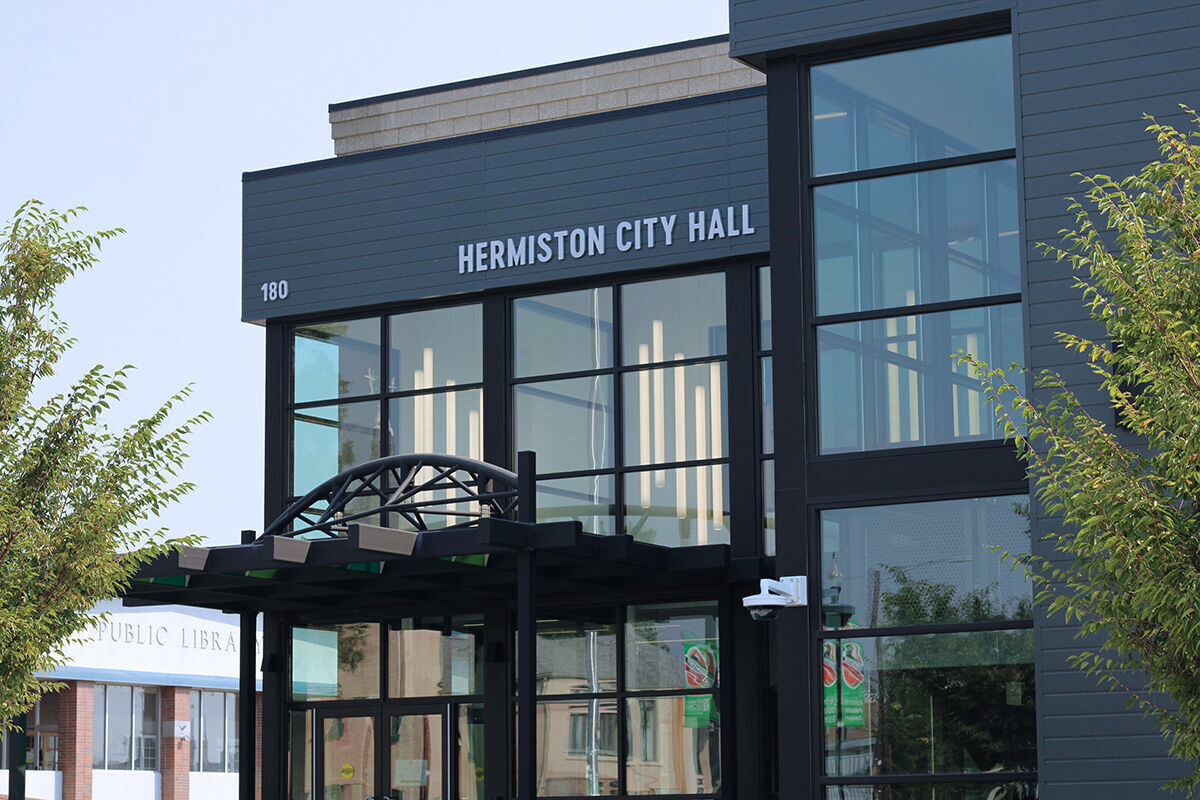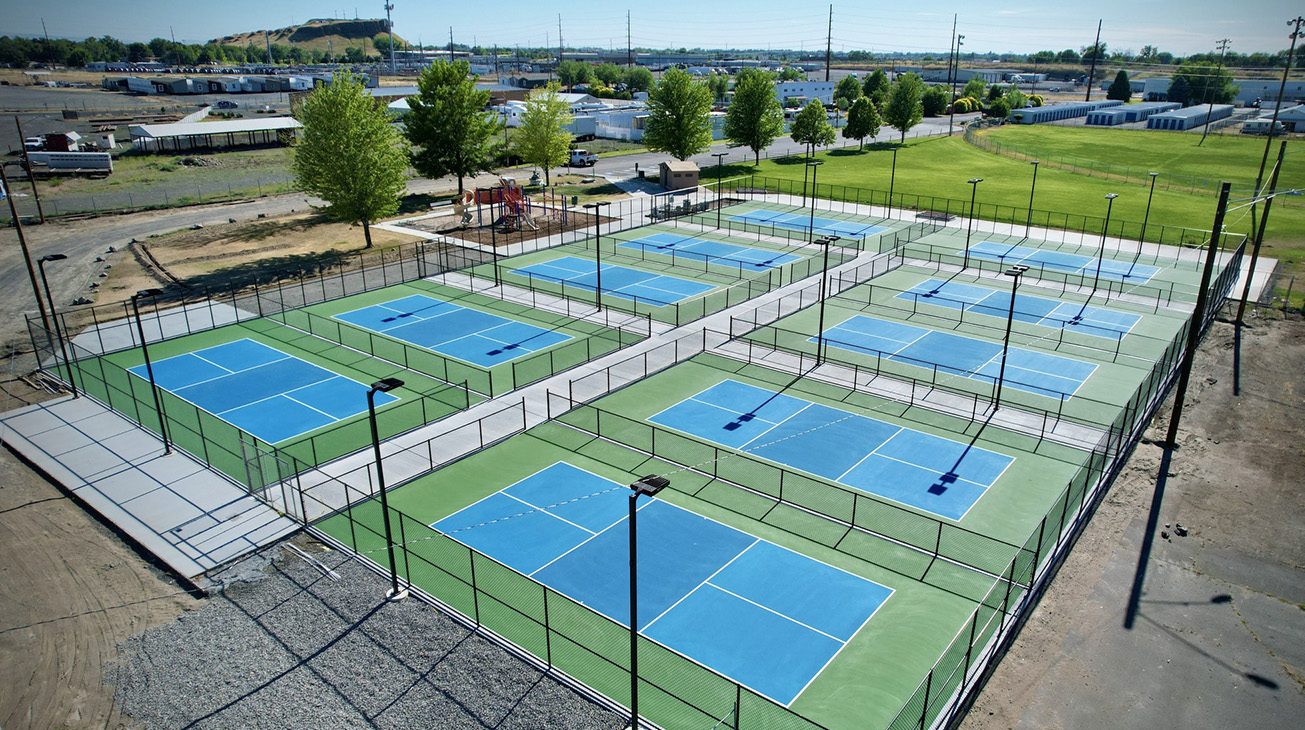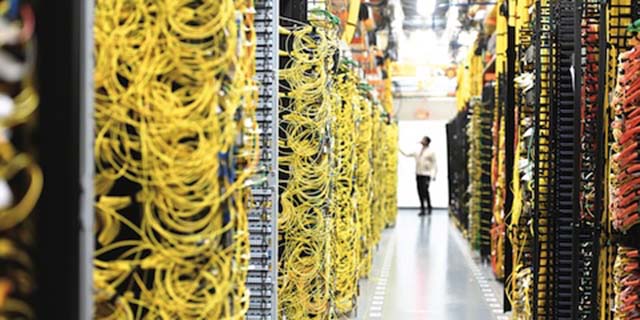Bill would clear path for nuclear power in Umatilla County
Published 8:00 am Thursday, June 5, 2025

- Oregon House Bill 2410 would open a path for small modular nuclear reactors to operate in Umatilla County. The bill remains in the House Ways and Means Committee in the waning days of the 2025 Legislature. (East Oregonian File)
Questions remain about small modular nuclear reactor cost, efficiency and safety
SALEM – A proposed piece of legislation to clear the way for the local installation of a small modular nuclear reactor is designed under certain conditions to exempt Umatilla County from a 1980, voter-approved freeze on nuclear energy.
Oregon voters in 1980 approved Ballot Measure 7, a mandate that required the existence of a federally licensed and permanent disposal site for nuclear waste before a new nuclear facility was built in the state. The measure also required statewide voter approval to any new nuclear power plant certification.
Yet House Bill 2410 — now before the Oregon House Ways and Means Committee — is narrowly tailored to allow Umatilla County to go ahead with a plan to install a small demonstration modular nuclear reactor.
The bill grants the state Energy Facility Siting Council the authority to issue a site certificate for such a facility.
The legislation also refers the project to Umatilla County voters for final approval.
A small modular reactor is a scaled-down model of a nuclear reactor. Small modular reactors, in theory, can be assembled and then transported to a specific location but generate less power than a traditional nuclear power plant.
The bill is controversial, triggering a plethora of testimony — for and against the concept — during a House Climate, Energy and Environment Committee hearing in February.
Disposal site would be key
Umatilla County Commissioner Dan Dorran said there are key facets to the new legislation that would allow the county to move forward on the project.
First, Dorran said Measure 7 was a statutory referendum and not a change to the Oregon Constitution.
“We are trying to create a narrow window for a demonstration project through a referendum of the people of Umatilla County and implementing the federal interim waste storage program that is in place now,” said Dorran.
Dorran said if the project moved forward — pending legislative approval — a disposal site for nuclear waste would be a key part of the facility construction plans.
“It (nuclear waste) would be stored on site,” he said.
He said plans and procedures for a permanent nuclear waste storage site are on the federal government docket, though none are available regionally.
Dorran said officials are not trying to skirt the mandates of Measure 7 with the nuclear proposal.
“If the legislation passes, then we are not getting around anything,” he said.
No small, modular nuclear reactors
Yet legislative and then voter approval are only the first steps in what can be a long process regarding certification of a nuclear facility. The process to build and then license a nuclear reactor can take up to 10 years. Costs to build a nuclear power plant — including a small modular reactor — can be substantial and range from $50 million to several billion dollars.
Proponents tout small, modular nuclear reactors as less expensive to build, safer compared to larger reactors and that they are more flexible, able to be deployed to areas where a large nuclear power plant may not be suitable. According to the U.S. Department of Energy, small modular nuclear reactors can also drive economic expansion.
Yet whether a small modular nuclear reactor is cheaper to build, more efficient or safer is a question mark.
“None exist. None have been demonstrated. So, in terms of claims they will be safer and cheaper or won’t produce much waste, none of those claims have been proven out,” said. Allison Macfarlane, director, School of Public Policy and Global Affairs at the University of British Columbia in Vancouver.
Macfarlane, who was the first geologist to chair the U.S. Nuclear Regulatory Commission, said nuclear power is expensive.
“The reason we have large, light water reactors is basic economics. It is cheaper to build one large light water rector than to build 10 small ones,” she said.
She also said the theory the small modular nuclear reactors will be built in factories “is not straightforward.”
The small modular reactors concept exudes many unknowns, she said.
“It would be nice to make these reactors work. But I think the bottom line will be the price tag and that is unknown right now because no one has built one,” she said.
Macfarlane said she believes the existing nuclear power plants in the U.S. should continue to operate.
“We desperately need them because we needed to be off fossil fuels years ago. But it takes a lot of time and money to build these reactors, and we don’t have the time, or the money and we have other options such as solar, wind, geothermal and battery storage,” she said.
Local voters would have final say
Dorran said the advantage of nuclear power is it carries a very slight carbon footprint and, unlike other forms of power such as wind energy, is dependable. Solar and wind power, he said, is intermittent.
Macfarlane said, though, other nations are using alternative power substitutes effectively.
She pointed to southern Australia where “a lot of the time they get 100% of their electricity from wind and solar.”
“Of course, all of this depends on what kind of reactor that will be used. There are a variety of different kinds,” said Macfarlane.
Water-cooled reactors — which use water to cool and control the nuclear reaction — are the most common nuclear reactors but there are others, including designs where gas such as helium or carbon dioxide is used to cool the reactor core.
Dorran said the specific technology to be used in the proposed local project has not been determined.
Dorran said another important element to the legislation is it must gain local approval.
“It has to go to the people of Umatilla County,” he said.





